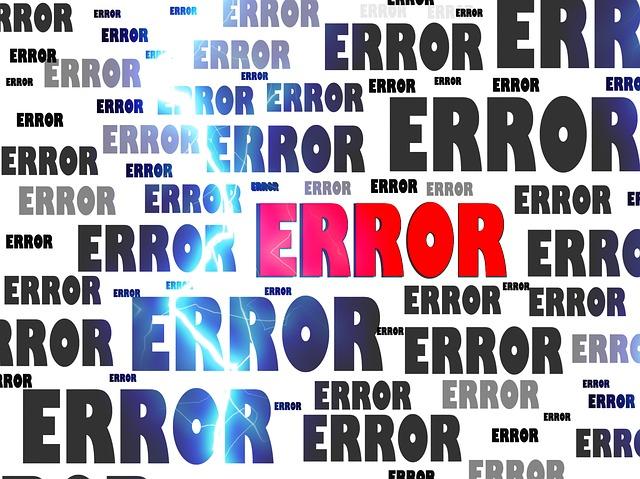We wanted to find out how well European startups understand basic trademark issues so we asked 400 companies. The results surprised us. Here are the five most common misunderstandings they have.
1. Trademark protection extends to all goods and services (58% of respondents)
Correct view: trademark protection is limited to those goods and services you indicate in the application, or to those that are similar to the goods and services you have indicated in the application. Every trademark application must include a list of goods and services. This list largely defines the extent of your rights.
This also means that somebody else can register the same mark for different products and services. For example, both Volkswagen and Ralph Lauren have the trademark POLO.
Your right to prevent others from using the same or similar trademark extends actually even broader than to those goods and services you have included in the application. You can prevent others from using a similar mark not only for those products that you have registered your mark for but also for similar products. If your trademark covers “clothing”, you can prevent the use of the same mark by somebody else for “shoes”. If your trademark covers “cheese”, you can prevent others from registering or using a similar mark for “yogurt”. This is because clothes and shoes, and cheese and yogurt are “similar” products.
When you submit a trademark application, be mindful of the list of goods and services you include in the application. A very common mistake we see is that applicants use very restrictive lists of goods and services in their applications. This leaves their brand under-protected.
2. We have to pay an annual fee for maintaining trademark registration (51% of respondents)
Correct view: Trademarks are renewed every ten years, and the renewal fee is paid then. Maintaining a trademark registration is accordingly relatively cheap. Patents require annual payments, and design registrations are renewed every five years. Trademarks, on the contrary, require renewals only every ten years.
3. Names that describe the product or service are good trademarks (51% of respondents)
Correct view: names that describe the product or service in question cannot be registered as trademarks at all. For a trademark to be registrable, it needs to be “distinctive”. Descriptive names are not distinctive and therefore not registrable.
Sometimes it is difficult to assess whether a trademark is too descriptive. Indirect descriptiveness does not necessarily make the trademark non-distinctive, but it is often difficult to draw the line. Minor modifications, such as “Bankify” for banking services or “Taxify” for transportation services have been found sufficient.
You should also remember that descriptiveness is assessed in every official EU language. In addition, if the mark is descriptive in a non-EU language that is spoken in parts of the EU, such as Catalan or Russian, it may pose problems. For example, a trademark application for the mark “Espetec” was refused for being directly descriptive, because “espetec” is “fuet” (a type of sausage) in Catalan.
4. We are allowed to use our registered company name in other countries (50% of respondents)
Correct view: your registered company name may give you certain rights in your own country. It does not give you rights in other countries. If you have registered your company name in Sweden, it is possible that somebody else has registered a similar trademark in another country. That trademark registration can be used to block the trademark of products or services in that country. You need to register your trademark in all countries where you want it to be protected.
Wannabe lawyers could easily find justification for the incorrect view. The Paris Convention for the Protection of Industrial Property states (Article 8) that “A trade name shall be protected in all the [member] countries… without the obligation of filing or registration, whether or not it forms part of a trademark”. In many countries, this protection is not automatic but is only given when additional requirements are met. These often include long-term use of the trade name and a certain degree of recognition in the market.
Even taking into account Article 8 of the Paris Convention, it is a more practical view that a registered company name will in most cases not be given much protection abroad.
5. It is a sign of success if others uses our trademark as a generic name or synonym of the product (46% of respondents)
Correct view: if others use your trademark as a generic name for a product, it means that you are about to lose your brand or have already lost it. That’s why Apple has spent millions of euros to make sure that the iPod is not used as a synonym for an mp3 player. The world is full of brand names that have been lost due to their becoming generic terms. These include trampoline (Griswold-Nissen), aspirin (Bayer) and escalator (Otis). It is true that if others use your trademark as a generic name, you have probably made an impression. However, that does not mean that it’s a good thing. If anything, it means that you are about to lose your brand. The value you have managed to create, and what others want, is about to be socialized. Your brand name will be free for all to use.
Consider the following analogy. You have a clothing brand, and you build a new powerful factory to be able to manufacture your products. However, others are also allowed to use your factory without your permission and without you being able to stop them. You’re the one who has made the investment but do not have control over who uses the asset. That’s what having a generic brand name essentially means.



